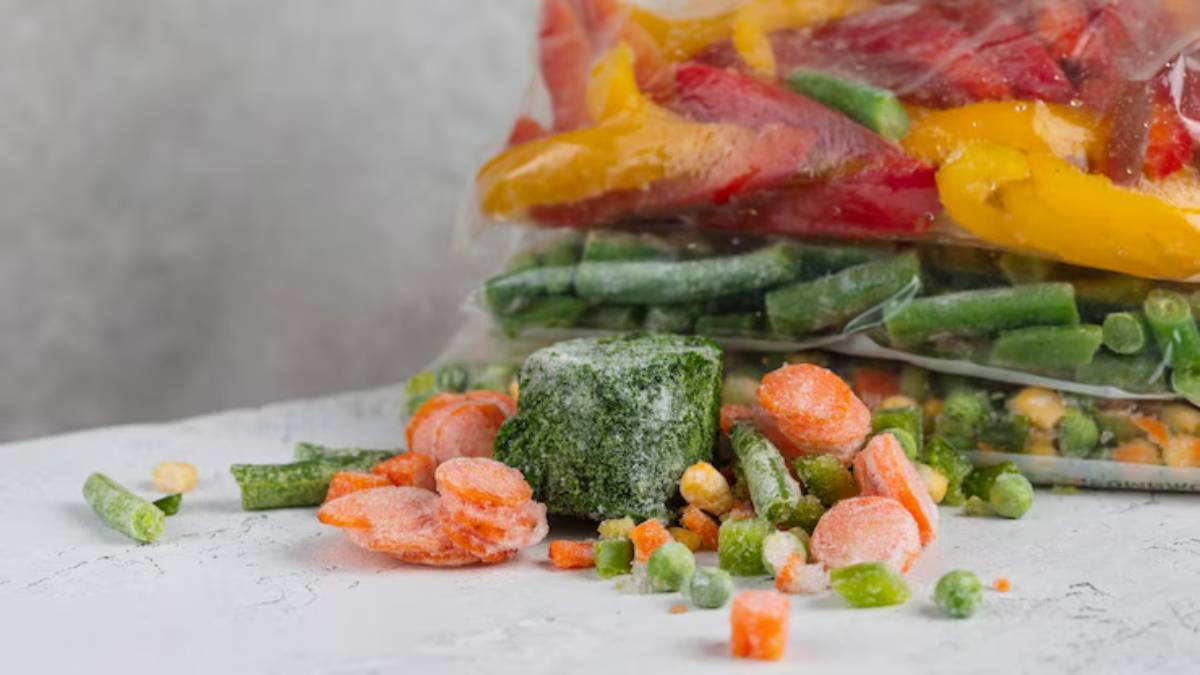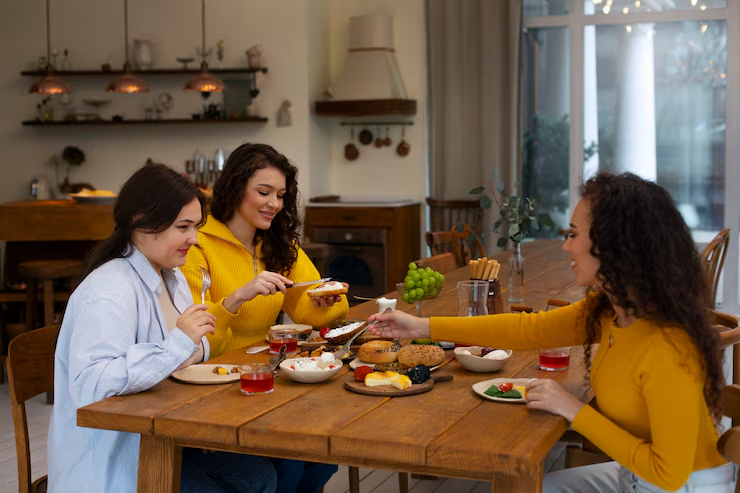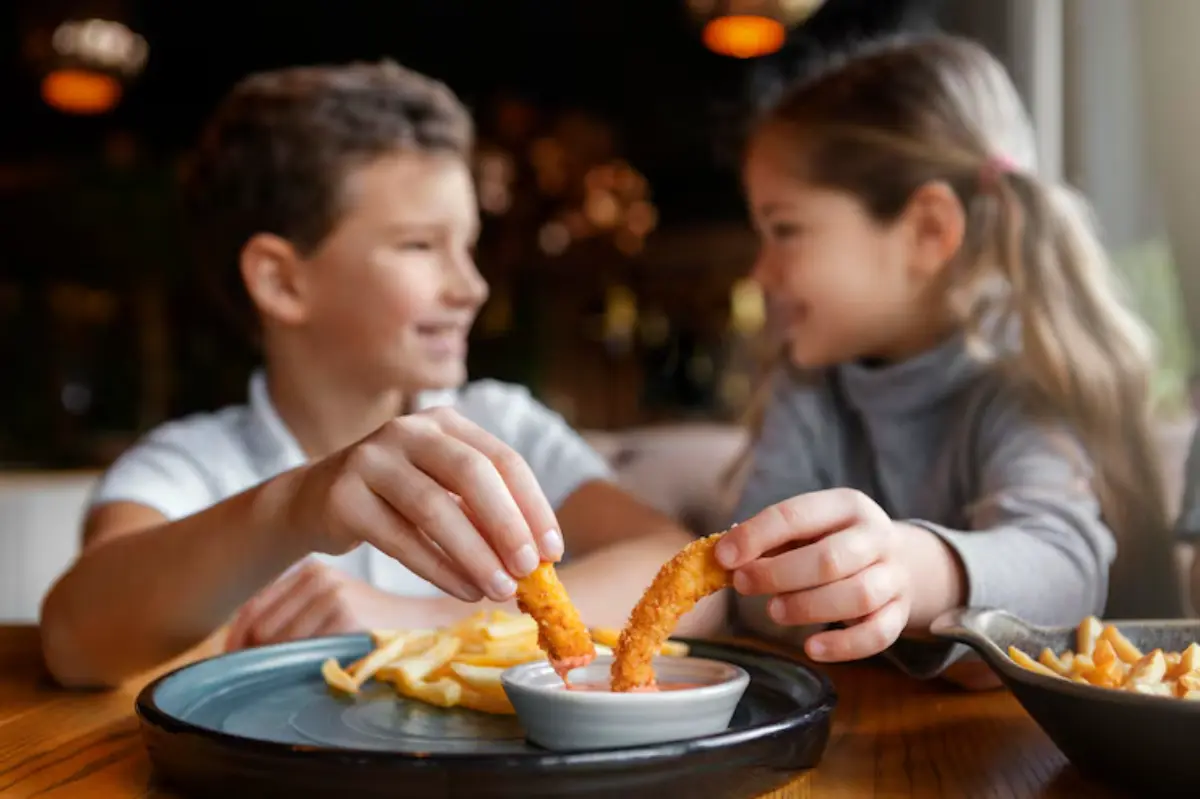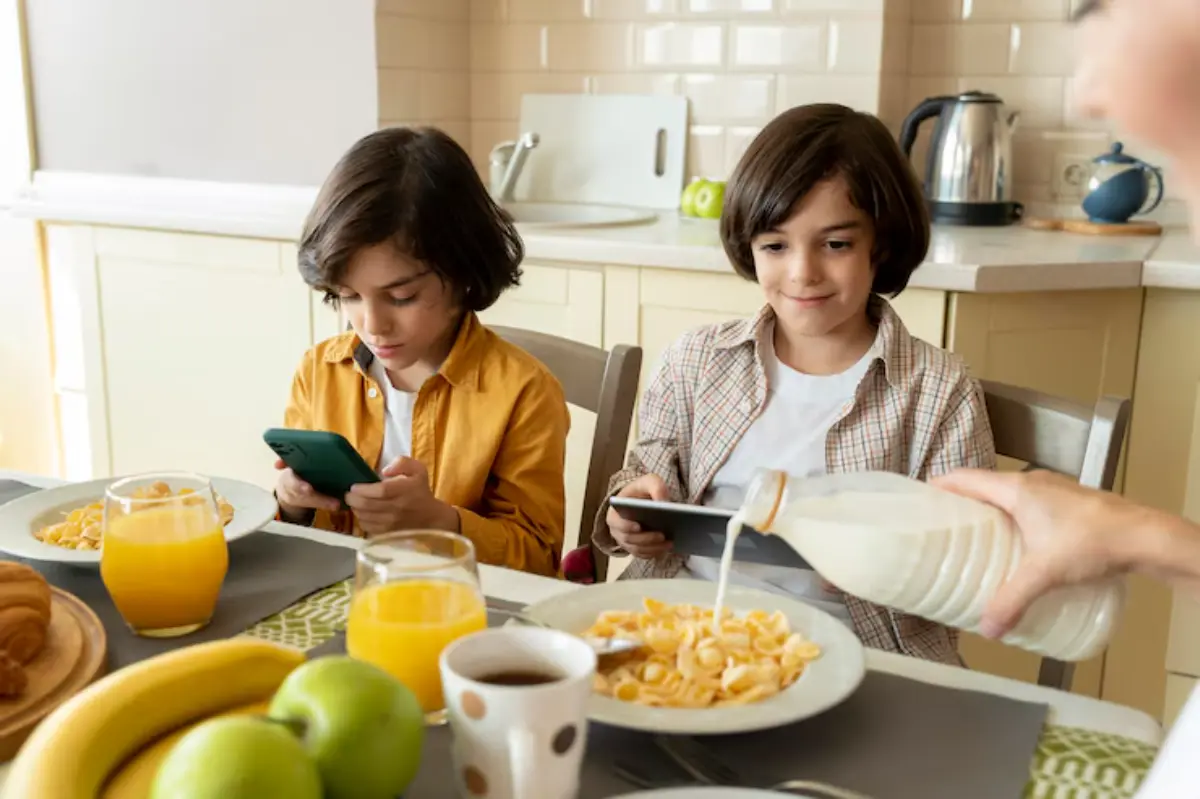
Family Challenge: No-Waste Meal Week
Picture this: it’s the end of the week, your fridge is cluttered with odds and ends, half-eaten meals, and ingredients you meant to use. You sigh, bin a wilted lettuce or two, and wonder how your best meal intentions led to so much waste. Sound familiar? You’re not alone. But what if you could flip the script?
Welcome to the Family Challenge: No-Waste Meal Week. This isn’t just a trendy eco-initiative; it’s a fun, practical way to reduce your carbon footprint, save money, and get your whole family involved in making a difference. Through simple meal planning, strategic cooking, and creative reuse, you can take your household from bin-bound to brilliantly sustainable.
In this post, you’ll find everything you need to run a zero-waste week with your family: meal ideas, planning tips, how to involve kids, and real-life examples to keep it light and motivating. Let’s dive into this waste-free meal plan journey together.
Why Go Zero Waste for a Week?
Food waste is a global issue, but it starts at home. According to WRAP, the average UK family wastes about £700 worth of edible food every year. That’s enough to feed a family of four for an entire month.
The Benefits of a No-Waste Challenge:
- Save money by using what you already have
- Reduce landfill waste, which lowers greenhouse gas emissions
- Teach kids about sustainability and food appreciation
- Simplify your meals, saving time and reducing decision fatigue
Getting Set: Prepping for Your Family Food Challenge
A successful zero waste week starts with preparation. You don’t need fancy spreadsheets or chef skills – just a mindset shift and a basic plan.
Step 1: Take Stock
Go through your fridge, freezer, and pantry.
Ask:
- What do I have that needs using soon?
- Are there open jars or partial packets?
Create a list of perishables and half-used items. This becomes the foundation of your meal plan.
Step 2: Set Some Ground Rules
Make the challenge doable and fun.
Examples:
- No buying new food unless absolutely essential (e.g. milk or bread)
- Leftovers must be eaten or creatively repurposed
- Kids help pick or create at least one waste-free meal
Sample No-Waste Meal Plan: 7 Days of Smarter Eating
Here’s a flexible meal plan built around using up common leftovers and ingredients most families already have.
| Day | Dinner | Tips for Next Day |
| Mon | Pasta with leftover veg + cheese | Make pasta muffins for lunchboxes |
| Tue | Veggie stir-fry + rice | Use extra rice for fried rice bowls |
| Wed | Jacket potatoes + mixed toppings | Turn fillings into wraps or mash into patties |
| Thu | Roast chicken + root veg | Shred meat for sandwiches or soup |
| Fri | DIY pizza night | Use up sauces, cheese, stray toppings |
| Sat | Veg soup from fridge leftovers | Freeze extra portions or use as pasta sauce base |
| Sun | Leftover buffet + baked eggs | Clean out fridge with creativity! |
Creative Recipes Using What You Have
No-waste cooking is all about adapting. Here are ideas to help you turn scraps into stars.

1. Veggie Scrap Stock
Save peels, ends, and herb stems in a freezer bag. When full, boil with water and seasoning for a homemade broth.
2. Crusty Bread Revamp
- Croutons: Cube, toss in oil and herbs, bake until crisp
- Breadcrumbs: Blitz and freeze for toppings
- French toast: Soak and pan-fry with eggs and milk
3. Mashed Veg Patties
Mix leftover mash or roasted veg with breadcrumbs and egg, form into patties and pan-fry.
4. Smoothie Clean-Up
Use slightly soft fruit, yoghurt dregs, spinach, and oats for nutritious smoothies. Freeze leftovers as lollies.
Involve the Whole Family
Zero waste works best when everyone pitches in. Get your kids excited by making it a game or challenge.
Fun Ways to Get Kids On Board:
- Leftover Lab: Give them a base (e.g. wrap, pasta) and let them choose toppings or fillings
- Sticker chart: Award points for finishing leftovers, helping with prep, or avoiding waste
- Name the dish: Let them invent fun names for repurposed meals (e.g. “Fridge Surprise Pasta”)
Assign Age-Appropriate Tasks:
- Ages 3–6: Sorting fruit, tearing lettuce, stirring
- Ages 7–11: Chopping soft items, meal planning, measuring
- Ages 12+: Cooking simple recipes, tracking waste, leading dinner
Smart Storage = Less Waste
A big part of waste-free cooking is proper storage.
Top Tips:
- Label and date containers
- Store herbs in jars with water
- Keep leftovers in see-through containers to avoid fridge amnesia
- Use “Eat Me First” box in the fridge
Freezer Hacks:
- Freeze bread, soup, pasta sauce in portions
- Use ice cube trays for leftover pesto, lemon juice, or tomato paste
- Flatten freezer bags to save space and speed up defrosting
Waste-Free Snack Ideas
Snacks are a sneaky source of food waste. Combat that with quick, low-waste options.
- Banana oat cookies: Overripe bananas + oats + cinnamon
- Veg sticks + hummus: Use soft carrots or celery
- Cheese + cracker boxes: Combine cheese nubs and stale crackers
- Popcorn: Zero packaging and minimal waste
Family Challenge Tracker
Make it visual! Use a chalkboard, whiteboard, or fridge chart to track:
- Meals made from leftovers
- Ingredients rescued from the bin
- Number of bins emptied (aim for fewer!)
- Favourite zero-waste meals voted by the family
Reward idea: Plan a family treat night after completing the challenge (bonus if it’s a meal made entirely from leftovers).
Real Family Experience: The Taylor Household
In Brighton, the Taylors (parents and two kids, aged 6 and 10) decided to do their first no-waste week during the Easter holidays.
They:
- Created a list of fridge contents
- Made themed dinners (like “Baked Potato Bar”)
- Let each child lead one dinner night
- Froze soup in reusable pouches
Outcome: They cut their food waste by 60%, discovered new meals they loved, and saved nearly £45.
Common Pitfalls (and How to Avoid Them)
Pitfall: Getting Bored
Fix: Use new spices, toppings, or formats (e.g. wrap vs bowl)
Pitfall: Over-planning
Fix: Leave room in the plan for using unexpected leftovers or a surprise night out
Pitfall: Forgetting Freezer Stock
Fix: Check freezer inventory weekly and add to your meal planner
Sustainable Tools & Resources

Equip your kitchen with eco-minded tools:
- Beeswax wraps
- Reusable silicone bags
- Bento boxes with compartments
- Chalkboard or digital meal planner
Recommended apps:
- OLIO: Share surplus food locally
- Kitche: Track food at home
- Too Good To Go: Buy unsold food from shops
Your Family, Your Impact
One week. That’s all it takes to start seeing food differently. A zero waste week isn’t just about saving scraps – it’s about creating new habits, bonding over shared goals, and showing your kids how small actions add up to big change.
Whether you start with one leftover meal or go full-on waste-free for seven days, every effort counts. And who knows? That family food challenge might just become your favourite family tradition.


